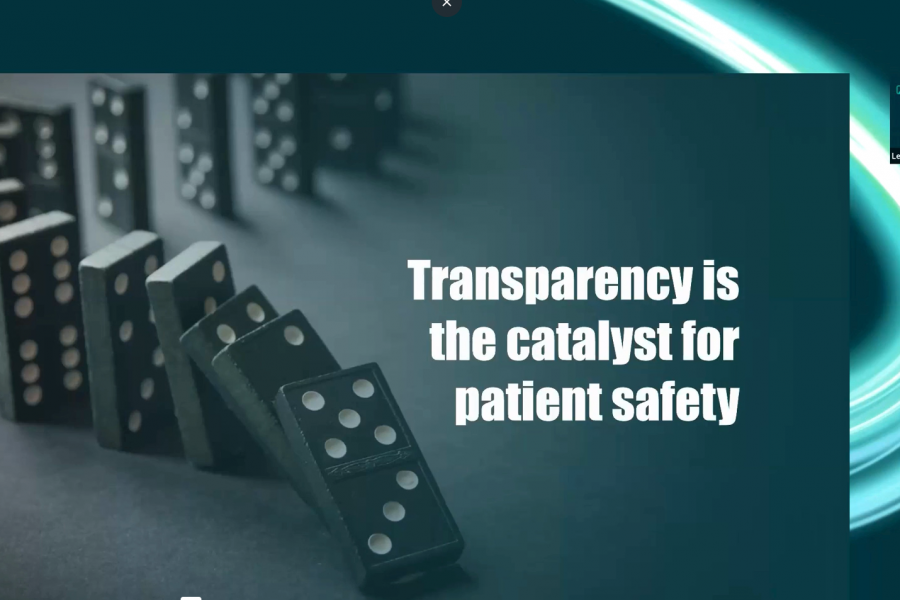From culture to credibility: Elevating trust and reputation through “just culture”

While some argue that progress in patient safety has stalled, advancements in strategies and technologies…
RLDatixMay 1, 2025




















